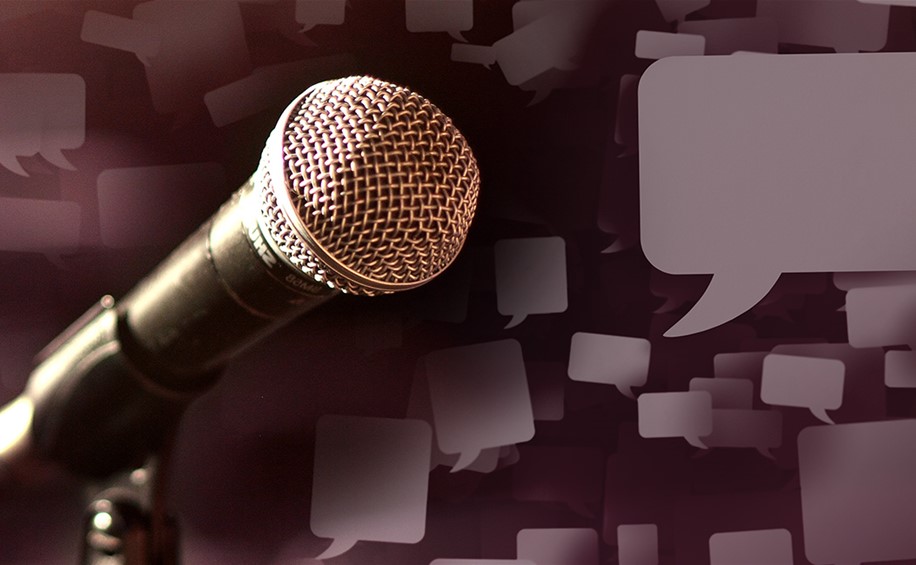Despite clear visual evidence to the contrary, former President Donald Trump and his press secretary, Sean Spicer, insisted that his inauguration crowd had been larger than the one at President Obama’s inauguration in 2008. In a series of experiments done not long after the event, voters were shown photos side-by-side of the two inaugurations and asked to identify which crowd was larger.
Hillary Clinton voters and non-voters overwhelmingly chose the Obama photo. Between 11% and 26% of Trump voters chose the Trump photo.
It’s not that these voters couldn’t discern the obvious crowd size difference. It’s that their choice was an act of “participatory propaganda,” said Stephan Lewandowsky, chair of the Department of Cognitive Psychology at the University of Bristol in England. It was “a way of expressing their support for their champion in the moment.”
Lewandowsky, a cognitive scientist who studies online misinformation, discussed populist demagogues’ techniques as well as his latest research on the opposing ways U.S. congressional Democrats and Republicans used Twitter during the Trump administration at a Shorenstein Center talk Nov. 16 at Harvard Kennedy School.
“Both social media and demagogues are in conflict, or at least are exerting pressure on basic human cognition, while at the same time, there appears to be a symbiotic relationship between social media and demagogues,” says Lewandowsky.
Lewandowsky discussed many important topics relating to the connection between demagogues and social media but one of most crucial points touched on how demagogues effectively harness social media to not only communicate with their supporters, but to shape the coverage decisions of news media, highlighting and burying stories to their benefit; something in which the former president was especially skilled.
Critics of Trump accused the mainstream media of glossing over or even ignoring pressing political issues in favor of excessive coverage of the former president’s tweets.
When a negative new story about him surfaced, such as a $25 million fraud settlement with the state of New York over Trump University, Trump would typically tweet dozens of times in a single day to divert attention from unflattering coverage, a strategy Lewandowsky called “systematic shiny objects.”
One of the many factors contributing to increased political polarization and the global weakening of democracies over the past decade is how adept populist demagogues are at using social media.
“So, leadership matters,” he said. “Leadership can determine the tone of the conversation and the public will follow suit.”

